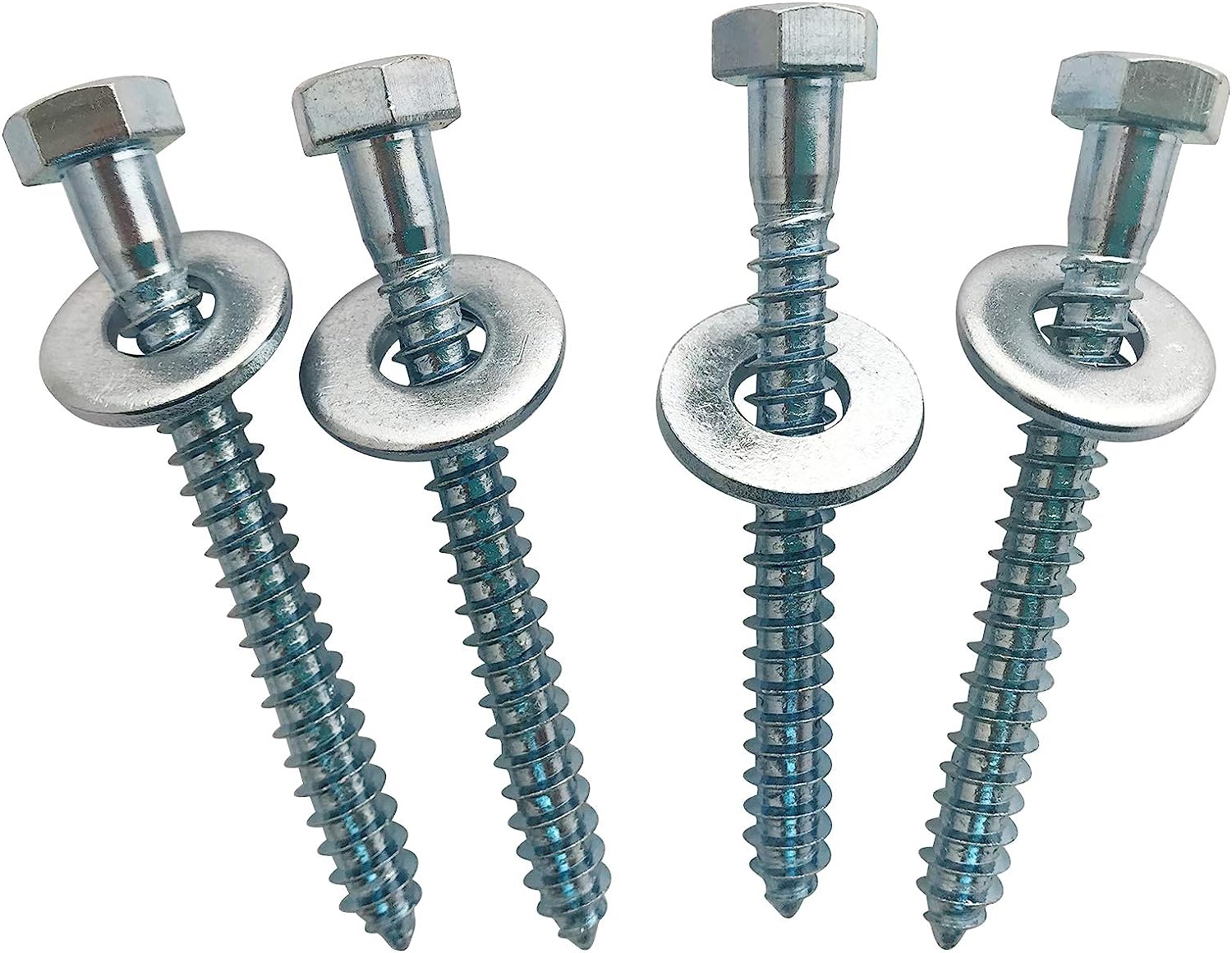Screws come in a huge range of types and sizes. Choosing the right one for the job is crucial to ensure it gets a good grip on the material and doesn’t bend or break.
There are three essential measurements to consider when selecting a screw: gauge, length and thread size. Knowing these terms will help you avoid using the wrong screw for your task.
Diameter
A screw’s diameter refers to its major diameter, which is measured from the crest (top) of one side of the thread to the root (bottom) of the other. Screws are also measured by length, and a number of pilot hole tables are available online to help determine how long a screw should be for a specific job.
To measure a screw’s diameter, you can use a tape measure or ruler. Most screw packaging lists the gauge and length first, followed by the threads per inch (TPI) and diameter. This format is standard for both imperial and metric screws.
The TPI measurement is based on counting the number of thread peaks along a one-inch length of the screw. It’s easiest to calculate this value using a thread pitch gage or calculator. Once you know the diameter and TPI of a screw, it’s easy to find matching screws for any job. Just be sure to always use the correct screw sizes for your application!
Length
The length of the screw is important, especially when working with thicker materials. The general rule of thumb is that the screw should enter at least half of the material’s thickness for a secure and safe hold.
To determine the length, you will need to know the screw’s gauge and thread count. Screws with imperial system measurements will usually list the gauge first and then the length, with the thread count between them, like “10 x 2”. Metric screw sizes, on the other hand, are listed with the head size (also called the shank-hole diameter) first and then the length in millimeters.
To measure the length, you will need a caliper and a bolt scale. Place the bolt scale in the hole, then move it until you match it to your screw. Then read the number on the scale to get the screw’s length. The bolt scale is typically included with your caliper. If you don’t have a bolt scale, there are several online resources that can help you find the correct screw length.
Pitch
The pitch of a screw refers to the distance between one thread crest and the next. The pitch of a screw is often used to distinguish between coarse and fine threads, but it also plays an important role in determining the load-carrying capacity of a fastener.
When determining your screw size, it is important to take into account both the diameter and pitch. A screw’s major diameter is easily measured using a steel rule or caliper, but the measurement of the pitch can be more complicated because of the minute spacing involved.
To determine the thread pitch, simply lay a steel ruler along the length of the screw and count the number of thread crests it passes over in one complete revolution. Then divide this number by the screw’s overall length to obtain the thread pitch. Most screws taken from stock are produced with a standard thread pitch, but when purchasing custom-made fasteners, it is essential to specify the thread pitch you need.
Head Size
Some screw types have a head that sits above the surface of the material it is screwed into. The length of such screws is measured from underneath the head.
Screw heads come in many different shapes, from flat to round and oval. They serve various purposes, such as ensuring the screw is held securely in place, or providing a particular aesthetic finish. These types of fasteners are referred to as “head-style” or “head type” in the screw size system, although these abbreviations only have jargon currency amongst those who work with them regularly.
To measure a screw size, use a flexible tape measure around the head. Record the measurement, then multiply it by the number of threads per inch (TPI) to determine the screw gauge. You can also use a bolt gauge, which consists of numerous strips of metal with different sizes of thread cut into them. Simply systematically move the bolt gauge over the hole until you have a match.pilot hole 5/16 lag screw

